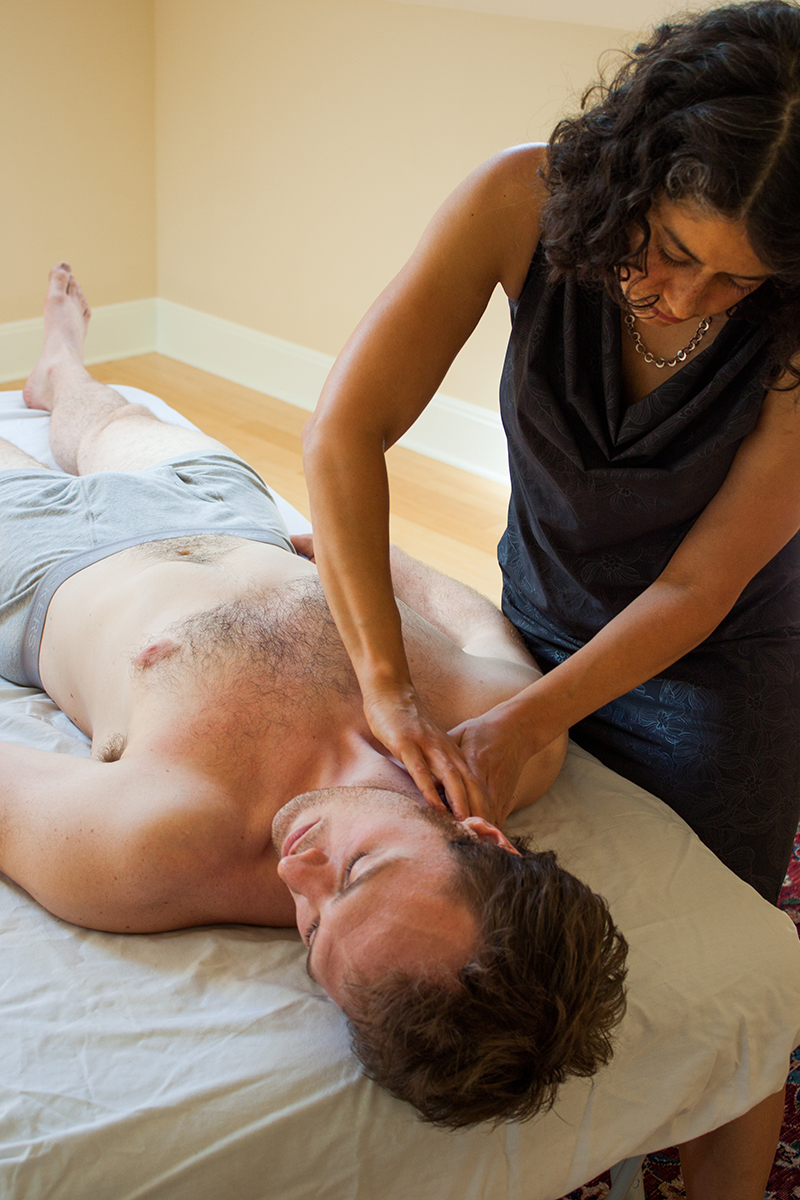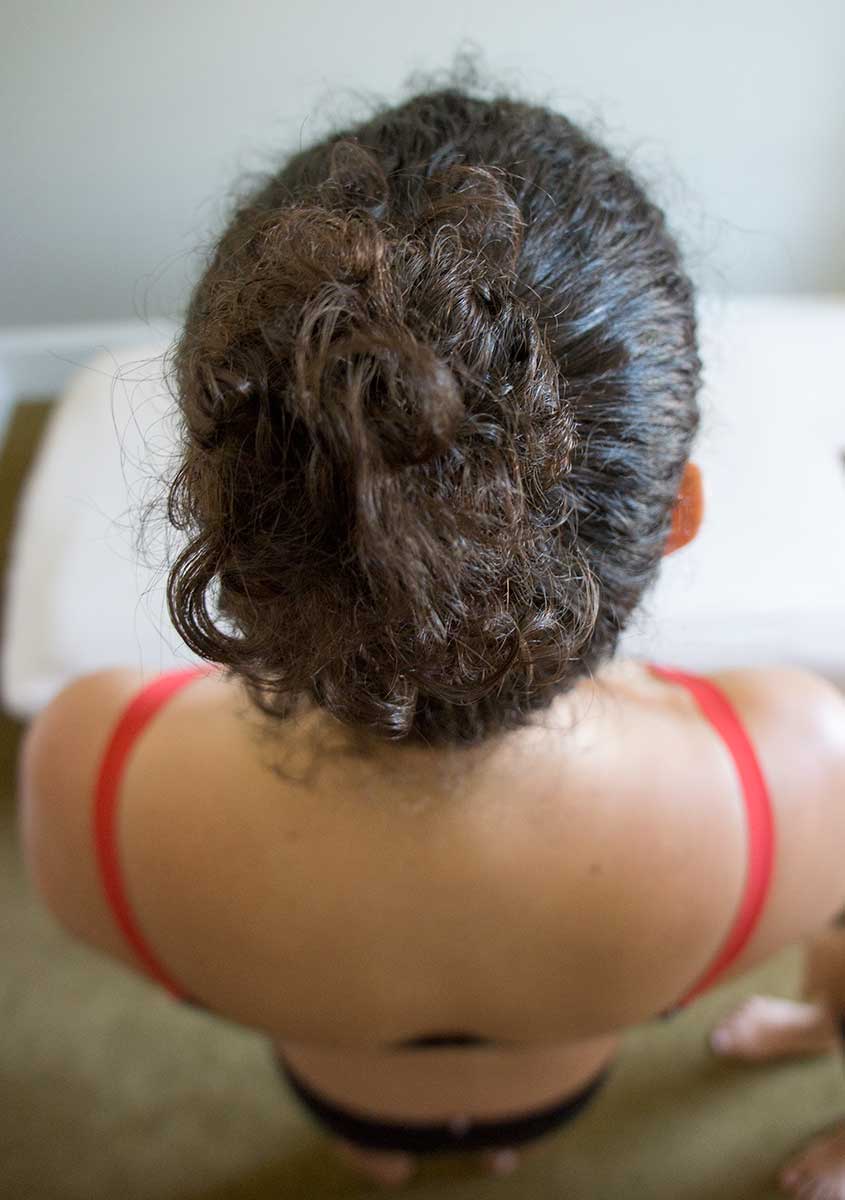About Structural Integration
KMI – Structural Integration
I once heard a quote attributed to a first generation Rolfer named Ron that stated, “our fascia is our karma”, which struck me as a Truth (with a capitol T). This is not to say that people in pain deserve their pain or that a lack of mobility or a postural deviation is the universe punishing us for past sins. But it does speak to the idea that often our bodies are a testament to how we have used (or not) our meaty selves. In our bodies and daily lives, many of us have fallen into a rut of one sort or another even if we move regularly and practice “self care”. We can see these habits held in the human form. The physical shape of an avid gamer is often quite different from the shape of a yogi; the gait of a person with a knee or hip replacement differs from the movement of an elite athlete. Lack of movement or habitual movement patterns, our history of injuries and surgeries, how we eat, whether or not we are well hydrated, our sleep and thought patterns all play a role in shaping our bodies over the course of our lives. That shape is held in the web of fascia (connective tissue) that contains and surrounds all of our bits and pieces and binds them together as we move through life.
Structural Integration, developed in the 1950’s by Dr. Ida Pauline Rolf, offers a comprehensive and systematic form of holistic bodywork that is designed to address the entire being and the relationship of the fascial system to gravity. Her work has been expanded upon by many people including Thomas Meyers who wrote Anatomy Trains and developed Kinesis Myofascial Integration (KMI) which is the school that I attended. KMI takes the basic Structural Integration “recipe” developed by Dr. Rolf and applies it to the myofascial continuities outlined in Anatomy Trains.
Structural Integration can be considered a philosophy of bodywork rather than a specific set of techniques or a set formula for applying them. Structural Integration is strongly based on Holism, which is the idea that we are more than a sum of our parts. The concept of the human body as a whole system is not new, but often in therapeutic bodywork and other healing modalities there is a desire to address the specific parts, the issues, the symptoms of pain and obvious bio-mechanic limitations rather than the entire system. Holism states, “systems function as wholes and that their functioning cannot be understood solely in terms of their component parts.” Structural Integration seeks to address this interconnected whole, the fascial network of the human body as it relates to gravity.
Structural integration differs from other forms of manual therapy in that the client is not a passive recipient of the work but is a fully present participant in the process. In this paradigm, client and practitioner are equal partners. They participate together in a whole body project with a beginning a middle and an end. The project generally consists of 12 bodywork and movement re-education sessions done in a series. The sessions are often spaced a week or two apart. Sessions begin and end with postural and movement assessments. The bodywork is done with the client lying down or seated on a massage table, seated on a bodywork bench or while standing. The client is dressed in minimal clothing for the entire session.
While relief of pain in a specific area, may be a motivation for receiving a series, the ultimate goal is to create a greater sense of ease and balance within the whole body. Honoring the concept of holism, the pain in the neck (for example) is a symptom of a functional system that is not functioning quite as well as we would like. The root cause may be located somewhere other than at the site of discomfort and the framework of structural integration allows us to explore the whole body patterns in which the neck exists as a small part. Often, once balance is restored to the overall system, chronic discomfort will resolve or ease on it’s own. By exploring and altering whole system patterns, we pave the way for change to occur and allow for the opportunity to rewrite our “fascial karma.”


